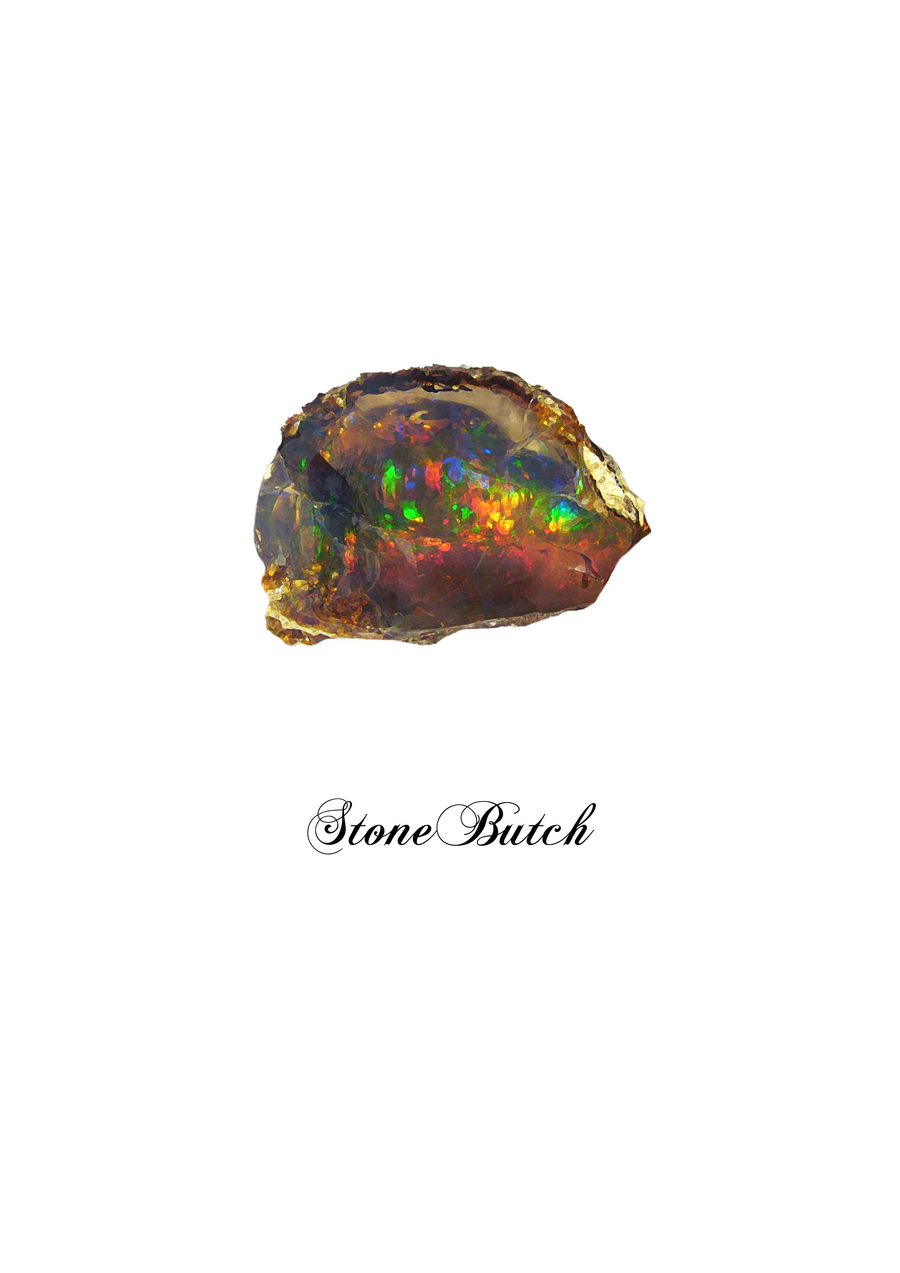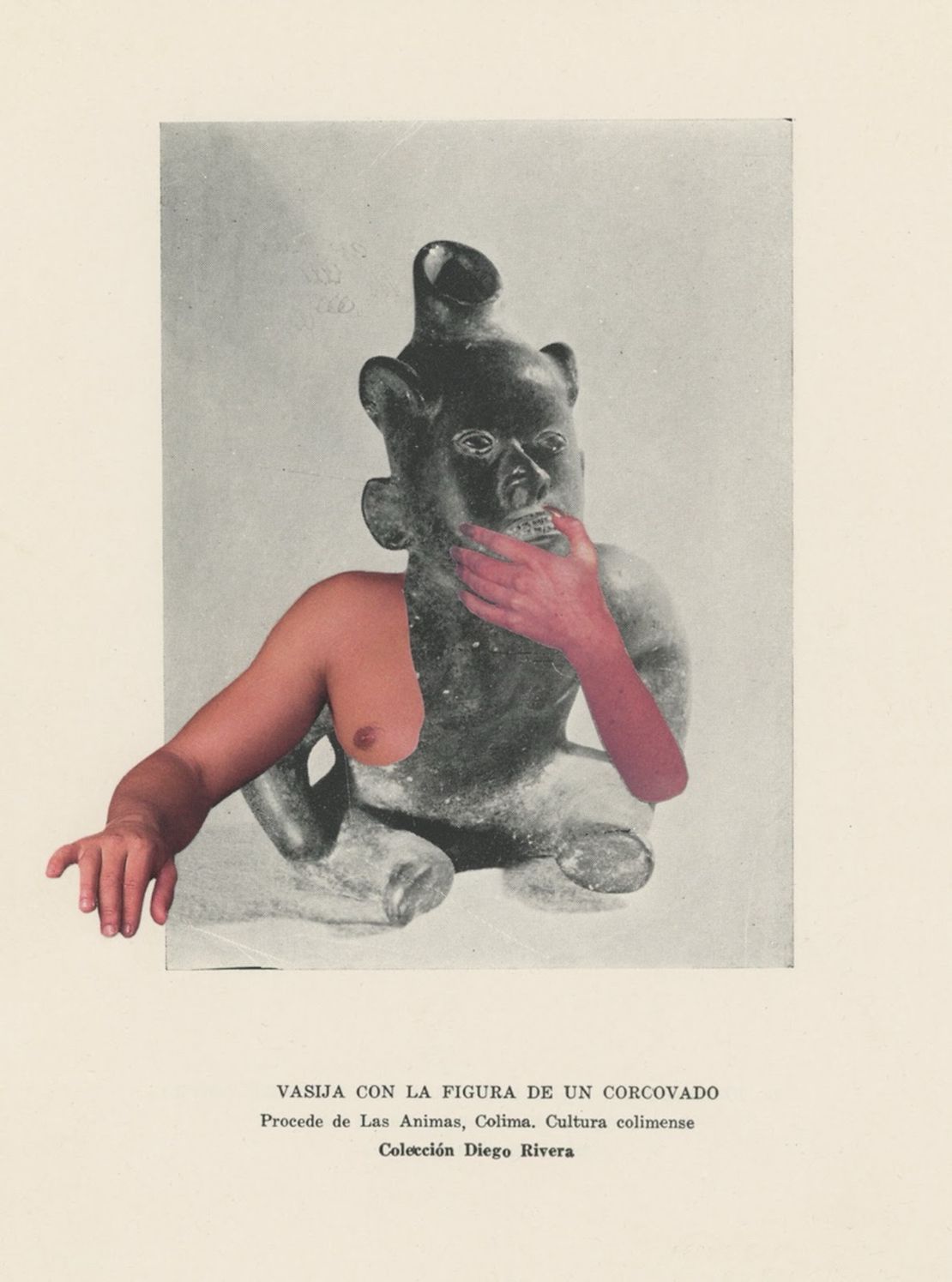Abstract
This work examines the construction of femininity in relation to gemstones, exploring how these objects have historically been associated with femininity and beauty. It analyzes how the gemstone industry has influenced notions of femininity and how criteria of value are established in relation to bodies that are deemed worthy of wearing these gems, while other bodies are excluded. Additionally, it raises questions about fair trade, ethics, and sustainability in the extraction and commercialization of these gemstones, considering the impact on both the bodies of individuals involved in the industry and the environment.
Stones give us roots. They allow us to anchor things, a grip on the world or the land, a home or something to hold onto. However, precious stones and minerals have historically been subjected to extractivism, to unrestrained use to enrich a few and strip the earth of what is constitutive of it.
Precious stones have been forcibly associated with an adornment for a certain hegemonic femininity - another theft from lesbians - and minerals currently live enclosed in technological devices that are black boxes, invisible. Likewise, the nature of rocks has also been obliterated from traditional imaginaries of dissidences.
These photographs are a tribute, a recognition, and a catalog around the diversity presented by this species. A way to admire its beauty and simplicity because, unlike almost all, “the stone butch has the dubious distinction of being, probably, the only sexual identity that is defined almost entirely in terms of the practices it does not do” (Jack Halberstam, 1997).

